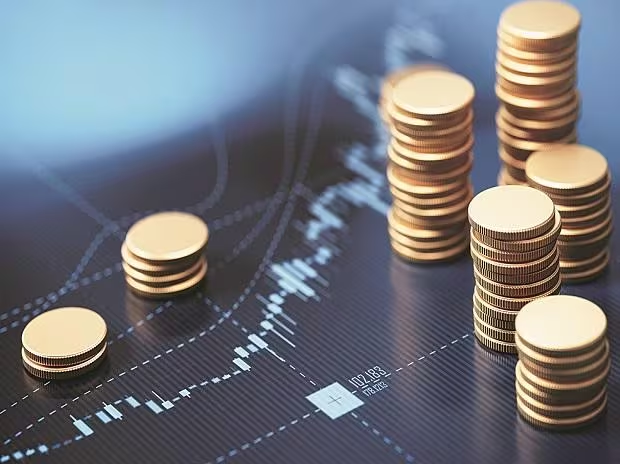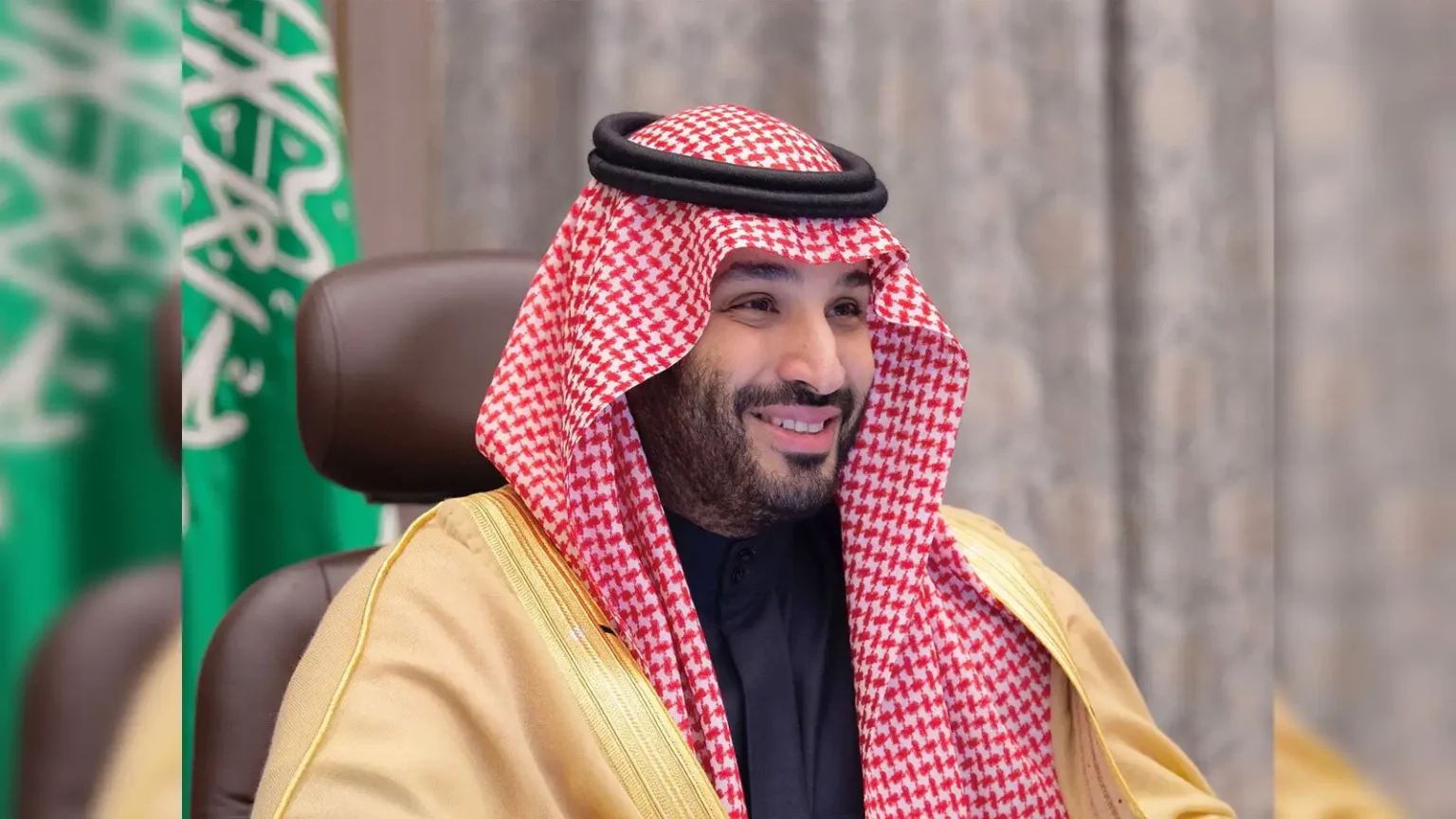Saudi Arabia’s Foreign Investment Dips to 2020 Levels
Saudi Arabia, long a regional economic powerhouse, is facing a significant setback in its efforts to diversify its economy and reduce its dependence on oil. Recent data reveals that the kingdom’s foreign direct investment (FDI) has fallen to its lowest level since 2020, raising concerns about the success of its ambitious Vision 2030 plan. This initiative, spearheaded by Crown Prince Mohammed bin Salman, is designed to transform the nation’s economy and attract billions of dollars in foreign investments. However, the latest figures suggest that the road to achieving these goals may be more challenging than anticipated.
Declining FDI Figures
In the third quarter of 2024, Saudi Arabia’s FDI inflows sharply declined to $4.8 billion. This represents an 8% decrease compared to the previous quarter and a staggering 21% drop compared to the same period in 2023. These numbers are particularly concerning given the kingdom’s targets to attract foreign capital to fuel its non-oil sectors. Over the first nine months of 2024, total FDI stood at $14.5 billion, well below the government’s target of $29 billion for the year.
This decrease marks a stark contrast to the rapid growth in foreign investment Saudi Arabia experienced just a few years ago, when FDI surged as global investors showed interest in the kingdom’s Vision 2030 reforms and its plans to build major infrastructure projects like the futuristic city of Neom. However, the ongoing slowdown in global economic activity, coupled with persistent geopolitical uncertainties, appears to have shaken investor confidence.
Challenges to Vision 2030
The decline in FDI is a significant blow to Saudi Arabia’s Vision 2030, which aims to boost foreign investments and create a more diversified, sustainable economy by attracting $100 billion in annual FDI by the end of the decade. At the heart of the Vision 2030 plan is a strategy to create new economic sectors beyond oil, such as technology, tourism, and entertainment, while also fostering innovation and entrepreneurship.

To achieve these goals, the Saudi government has implemented over 800 legal reforms aimed at making the kingdom more attractive to foreign investors. These reforms have included updates to bankruptcy laws, improvements to government procurement processes, and measures to streamline the business environment. Despite these changes, the sharp decline in FDI highlights that the kingdom may face greater challenges in attracting foreign capital than originally anticipated.
Several factors contribute to this declining trend in FDI. Among them are the growing geopolitical tensions in the region, including tensions between Saudi Arabia and its neighbors, as well as concerns about the broader global economic environment. International investors are increasingly cautious about committing large sums of money to regions with ongoing political instability and the uncertainty of the global economic landscape.
Strategic Shifts and Future Outlook
Despite these setbacks, Saudi Arabia is not abandoning its diversification efforts. The kingdom remains committed to its long-term economic vision, with significant investments still flowing into domestic projects. One of the most notable shifts is the Public Investment Fund (PIF), which has begun pivoting from international investments to focus on domestic projects that are in line with the country’s long-term objectives.
The PIF has set its sights on driving the development of major infrastructure projects like Neom, the $500 billion smart city that is being built from scratch in the desert. Neom aims to be a hub for technology, biotechnology, and clean energy, and its development is seen as a critical part of Saudi Arabia’s economic transformation. The kingdom is also looking ahead to hosting significant international events, such as the 2030 World Expo in Riyadh and the 2034 FIFA World Cup, both of which are expected to generate significant economic activity and foreign investment.
However, whether these efforts will be enough to reverse the declining trend in FDI remains to be seen. While domestic projects like Neom and the upcoming Expo are promising, attracting the scale of international investment needed to meet the Vision 2030 targets will require continued legal and regulatory improvements, as well as stabilization in the broader regional political climate.
Saudi Arabia is also exploring new markets, including green technologies and digital sectors, to bolster its appeal to global investors. This includes attracting investments in industries that support the kingdom’s environmental goals, such as renewable energy and sustainable development. These industries align with the broader global push for climate action and may be one area where Saudi Arabia has a competitive edge moving forward.
The Role of Geopolitical and Global Economic Factors
Geopolitical challenges continue to be a major concern for international investors. Saudi Arabia’s relationships with neighboring countries, as well as its stance on global issues, play a significant role in shaping investor confidence. The Middle East is a volatile region, and tensions between the kingdom and countries like Iran, as well as regional instability, have made investors more cautious about committing to long-term investments in Saudi Arabia.
In addition to regional tensions, global economic uncertainty, including concerns over inflation, rising interest rates, and slow economic recovery in key markets, have led to a more cautious investment climate worldwide. Many global investors are choosing to hold off on making significant commitments until they feel more confident about the broader economic environment.
Furthermore, there is an ongoing debate over Saudi Arabia’s reliance on oil revenues and its ability to fully transition to a more diversified economy. Despite efforts to shift away from oil, the kingdom still remains heavily dependent on fossil fuel exports. This reliance makes it more vulnerable to fluctuations in global oil prices, which can have a direct impact on its economic performance and investor sentiment.
Conclusion: Navigating a Complex Path to Diversification
The recent decline in FDI serves as a reminder of the complexities Saudi Arabia faces in its efforts to transform its economy. While the kingdom has made considerable progress in introducing reforms and investing in ambitious infrastructure projects, the road to economic diversification is far from easy. Geopolitical uncertainties, global economic challenges, and lingering reliance on oil remain significant obstacles that could hinder the country’s ability to attract the level of foreign investment needed to meet its Vision 2030 targets.
However, Saudi Arabia’s commitment to reform and its ability to adapt to changing global conditions will be key factors in determining whether the kingdom can navigate these challenges and achieve long-term economic stability. The strategic focus on domestic investments, coupled with large-scale projects like Neom and Expo 2030, signals that the kingdom is still on track to reduce its dependency on oil, but achieving this ambitious vision may take longer than originally expected.
In the coming years, it will be crucial for Saudi Arabia to continue fostering investor confidence by stabilizing regional tensions, advancing its legal reforms, and demonstrating a clear path towards economic diversification. While the decline in FDI is a setback, it is not necessarily a permanent roadblock — as long as the kingdom remains adaptable, innovative, and committed to its long-term goals, it can still chart a successful course toward economic transformation.
For more Information click here


